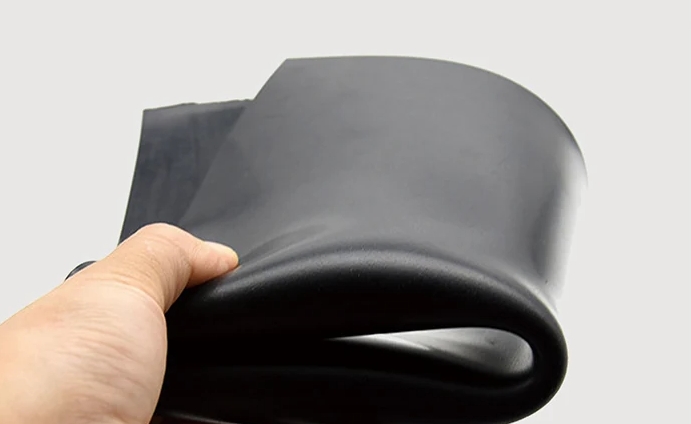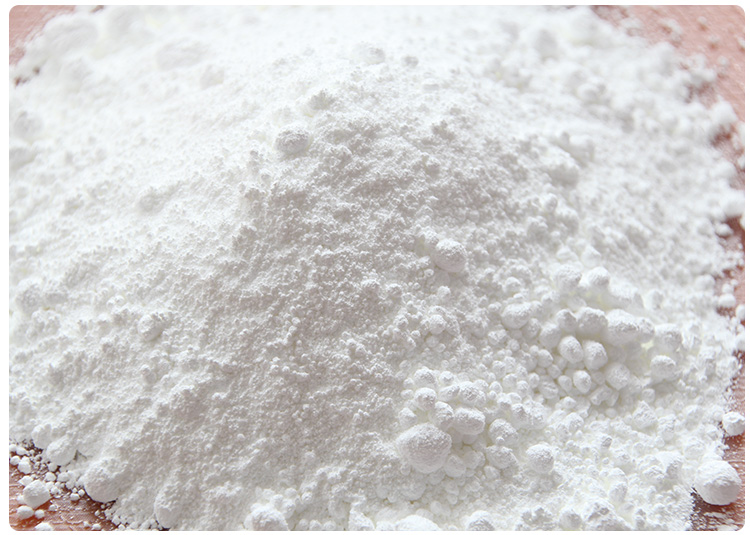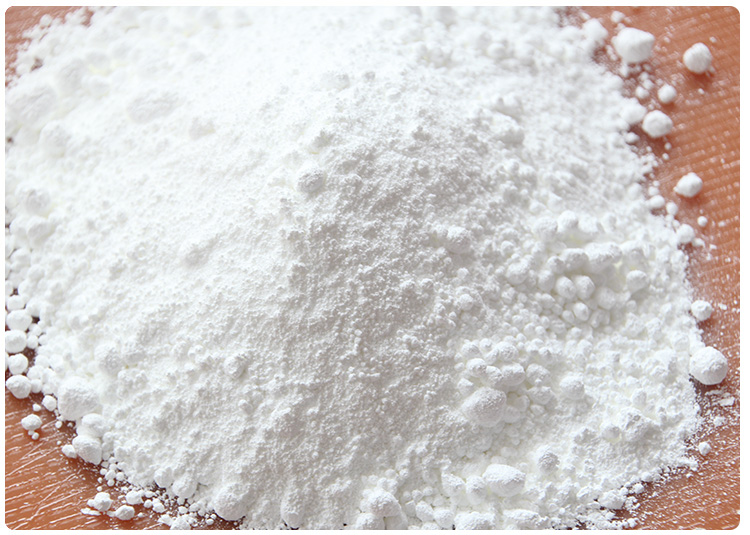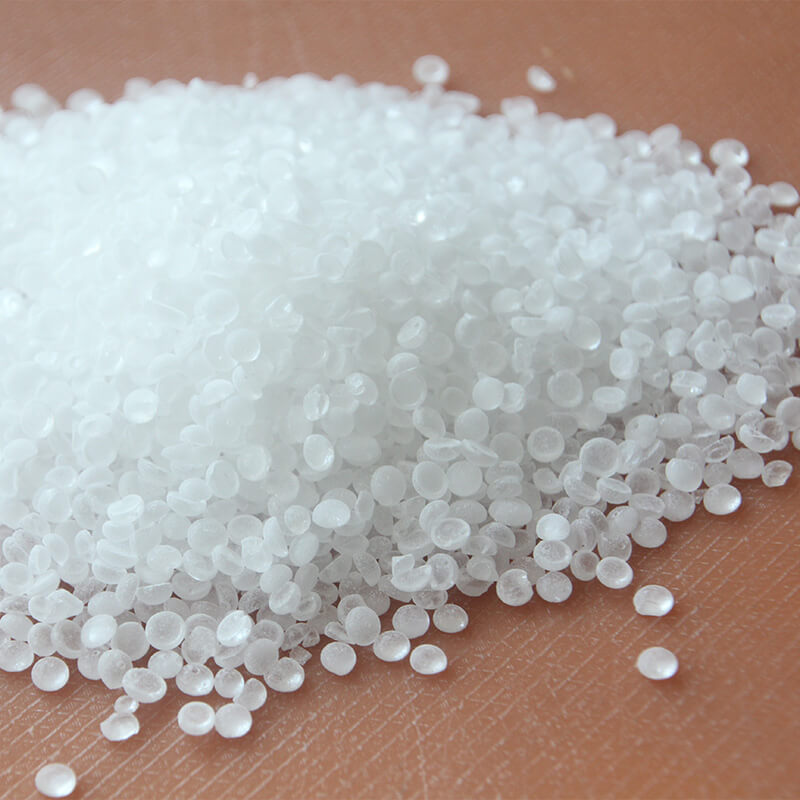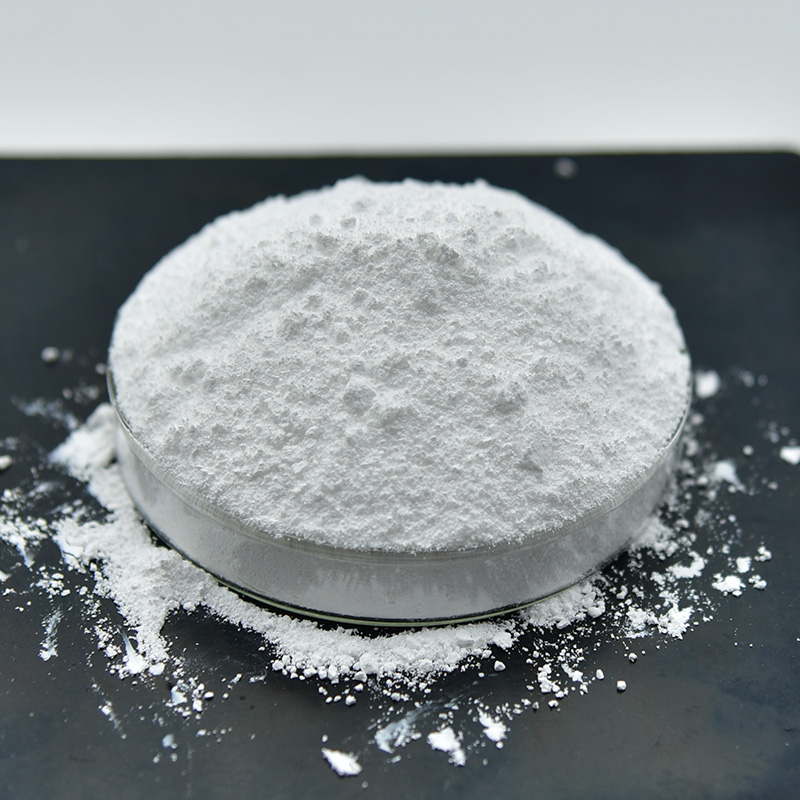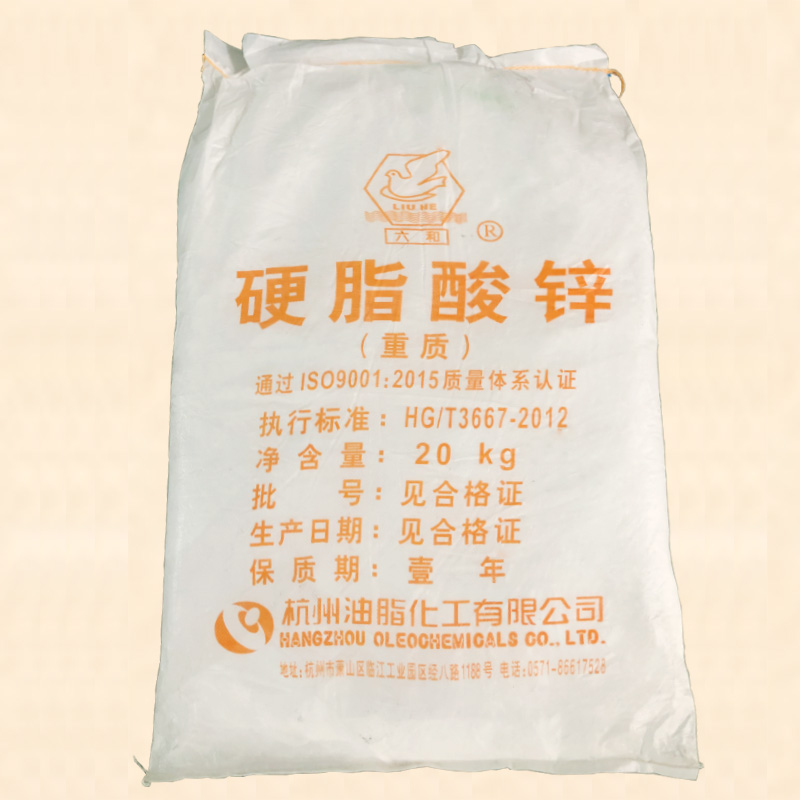rubber compound mixing process
- Mingpai
- 2024-06-08 09:07:45
The rubber compound mixing process involves several stages to combine raw rubber with various additives and chemicals to create a homogeneous mixture with specific properties tailored to its intended application. Here's a general overview of the steps involved:
Weighing and Feeding: The first step is to accurately weigh all the components of the rubber compound, including the base rubber (natural rubber, synthetic rubber, or a blend), fillers (like carbon black, silica, or clay), process oils, vulcanizing agents (sulfur or peroxides), accelerators, antioxidants, and any other required additives. These ingredients are then fed into the mixing equipment.
Mastication: Mastication is the initial stage of mixing where the raw rubber is softened and made more workable by breaking down its long polymer chains. This is typically done using an internal mixer (like a Banbury mixer) or on a two-roll mill. The rubber is sheared and heated during this process, transforming it from a hard, brittle state into a softer, more viscous mass.
Mixing: After mastication, the other ingredients are gradually added to the rubber. In an internal mixer, this happens in one or more stages, with the mixer rotating to evenly distribute the additives throughout the rubber matrix. The mixer may be stopped periodically to scrape down the sides and ensure thorough mixing. On a two-roll mill, the pre-masticated rubber and additives are manually added and worked into the rubber sheet between the rolls.
Straining: Once mixed, the compound is passed through a strainer or sieve to remove any lumps or unmixed particles. This ensures consistency and prevents damage to downstream equipment.
Sheeting / Milling: The compounded rubber is then processed into sheets using a mill or extruder. This step helps cool down the compound and further homogenize it. The sheets can also be stacked and cooled before proceeding to the next stage.
Batch-Off: In this stage, the cooled sheets are cut into smaller pieces or slabs, usually with a batch-off machine. These slabs are then ready for storage or further processing.
Preforming (Optional): For certain applications, the compound may be preformed into a shape that matches the mold cavity, such as extruding it into a strip or profile.
Quality Control: Throughout the process, samples are taken and tested for viscosity, dispersion, and other critical properties to ensure the compound meets the specified requirements.
Storage: Finished rubber compounds are typically stored under controlled conditions to prevent premature curing (vulcanization) before they are used in the final product manufacturing process.
The entire mixing process is carefully controlled to achieve the desired compound properties and consistency. Modern mixing lines often incorporate advanced automation and computer controls to optimize the process and ensure quality.
